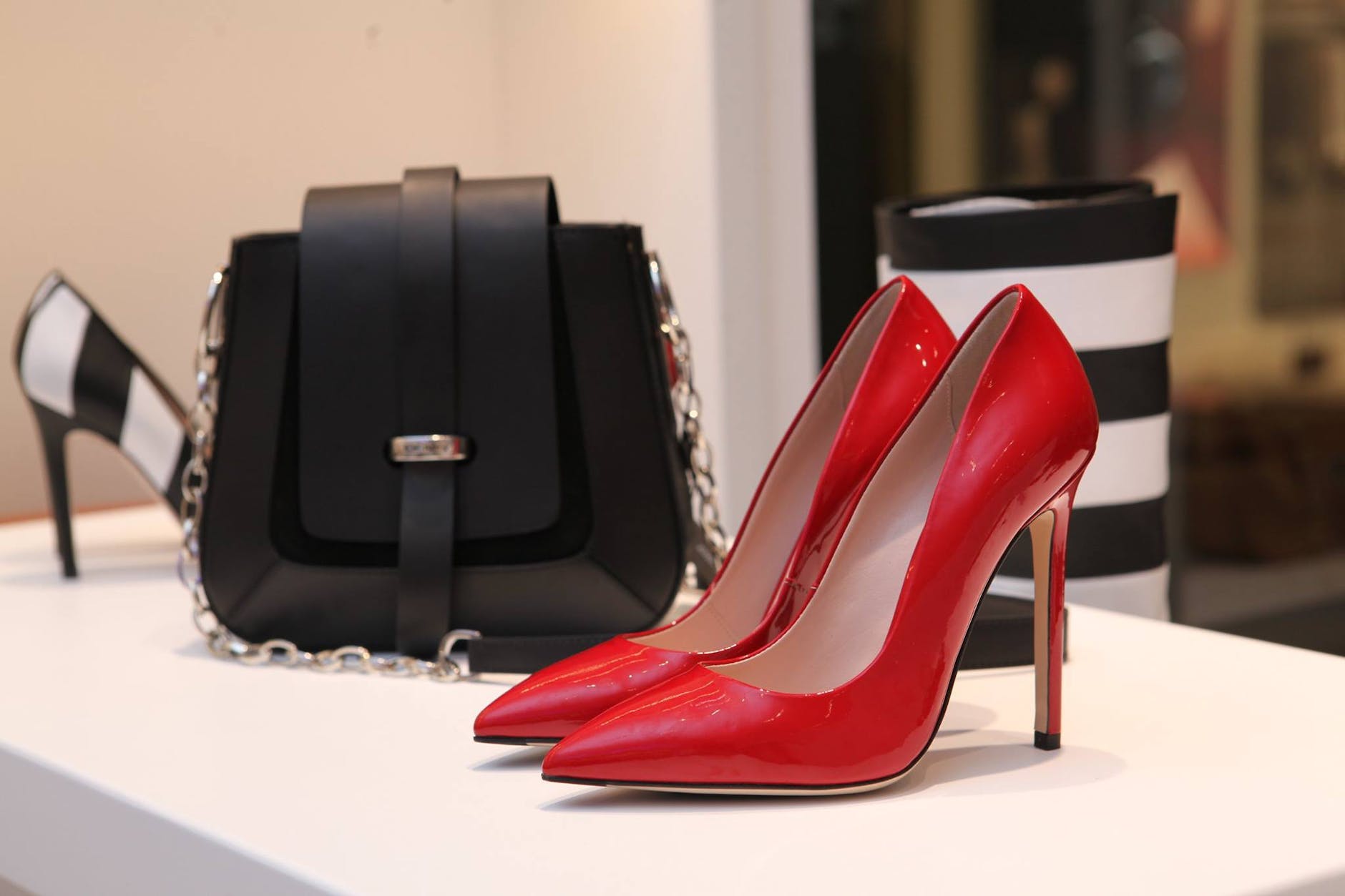The terms “entrepreneur,” “leader,” and “manager” often describe different roles in a business or organization, but they can sometimes overlap.
- Entrepreneur: An entrepreneur is someone who initiates, designs, and starts a new business or venture. They are often seen as innovators, identifying needs, opportunities, and solutions. Entrepreneurs are willing to take financial risks to see their vision come to life. They are typically characterized by high levels of creativity, drive, and a willingness to challenge the status quo.
- Leader: A leader is someone who influences others and inspires them to achieve goals. Leadership is more about the personal attributes and qualities one possesses. Leaders are often visionary, charismatic, and skilled in motivating and guiding others. They focus on setting direction, building an inspiring vision, and creating something new. Leadership is often about change, innovation, and personal growth.
- Manager: A manager is someone who is responsible for controlling or administering an organization or group of staff. The role of a manager is often more operational. They are involved in planning, directing, and overseeing the work and performance of others. Managers are responsible for ensuring that organizational goals are met efficiently and effectively. They tend to be more focused on processes, systems, and structures.
The Intersection of Roles
In reality, these roles can intersect, especially in smaller businesses or startups where the entrepreneur may also be the key leader and manager. However, as businesses grow, these roles often become more distinct and specialized.
Starting a business is an exciting and challenging journey, one that tests the bounds of creativity and perseverance. It requires a blend of innovation, leadership, and management skills. Aspiring entrepreneurs can learn much from the wisdom of those who have navigated this path successfully.
Steve Jobs, co-founder of Apple Inc., emphasized the importance of passion in entrepreneurship: “The only way to do great work is to love what you do.” This sentiment highlights the necessity of having a strong personal connection to your work. Entrepreneurship often demands long hours and overcoming significant obstacles. A deep-seated passion for your venture is what often sustains you through these challenges.
Jeff Bezos, founder of Amazon, stressed the significance of customer focus: “The most important single thing is to focus obsessively on the customer. Our goal is to be earth’s most customer-centric company.” This customer-centric approach is crucial in today’s competitive business environment. Understanding and meeting customer needs is often what sets successful businesses apart.
Reid Hoffman, co-founder of LinkedIn, spoke to the entrepreneurial mindset: “An entrepreneur is someone who jumps off a cliff and builds a plane on the way down.” This quote encapsulates the essence of entrepreneurship – the courage to take a leap, coupled with the resourcefulness to build your success, often in the face of uncertainty.
Richard Branson, founder of the Virgin Group, highlighted the importance of employees in a business: “Clients do not come first. Employees come first. If you take care of your employees, they will take care of the clients.” This perspective underscores the value of building a strong team and nurturing a positive company culture.
These insights from seasoned entrepreneurs provide invaluable lessons for those embarking on their own business ventures. They emphasize the importance of passion, customer focus, courage, resourcefulness, and the value of a strong team. As you begin your entrepreneurial journey, let these principles guide your path towards building a successful and fulfilling business.
A blend of entrepreneurial, leadership, and management skills
Starting a business requires a blend of entrepreneurial, leadership, and management skills. Here’s what you should know about each as you embark on your business journey:
- Entrepreneurial Skills:
- Risk-Taking and Innovation: Be prepared to take calculated risks and embrace innovative ideas. Starting a business involves uncertainty, and your ability to navigate this is crucial.
- Vision and Opportunity Recognition: Develop a clear vision for your business and stay alert to opportunities in the market. This will guide your decisions and strategies.
- Resilience and Adaptability: Be ready to face challenges and adapt to changes. The entrepreneurial journey is often unpredictable, and resilience is key to overcoming obstacles.
- Leadership Skills:
- Communication and Motivation: Effective communication is crucial to articulate your vision and motivate your team. Leadership involves inspiring others and fostering a positive, productive environment.
- Strategic Thinking and Decision Making: Develop your ability to think strategically and make decisions that align with your long-term goals. This includes understanding market trends, customer needs, and your competition.
- Empathy and Team Building: Cultivate empathy to understand and support your team. Building a strong, cohesive team is vital for success.
- Management Skills:
- Planning and Organization: Develop strong planning and organizational skills. This includes setting clear goals, prioritizing tasks, and efficiently allocating resources.
- Financial Management: Understand financial basics, including budgeting, forecasting, and managing cash flow. Financial acumen is critical for the sustainability of your business.
- Problem-Solving and Process Improvement: Be skilled in problem-solving and continuously look for ways to improve processes and efficiency. This helps in maintaining operational effectiveness.
It’s also important to recognize your strengths and areas for improvement. As your business grows, you may also delegate certain responsibilities to others who specialize in those areas, allowing you to focus on your core strengths.
In Summary
Embarking on an entrepreneurial journey is not just about starting a business; it’s a continuous process of learning and adaptation. The journey begins with the development of a business idea, rooted in a passion or interest, and a thorough market analysis to understand customer needs and opportunities. Crafting a detailed business plan with clear goals is crucial, as it guides the venture’s direction and strategies.
However, the crux of entrepreneurial success lies in the ongoing development of key skills. Entrepreneurs must engage in continuous learning, encompassing areas like financial management, marketing, strategic planning, and team leadership. This skill development can be achieved through workshops, courses, and mentorship programs. As Steve Jobs famously said, “The only way to do great work is to love what you do,” emphasizing the importance of passion in driving sustained effort and learning.
Launching the business involves securing funding, establishing a brand, and beginning operations. Building a strong team is vital, as Richard Branson’s perspective that employees come first underlines the importance of a positive company culture for business success. Effective marketing strategies are essential to reach and resonate with the target audience, and continuously adapting these strategies based on customer feedback is a key learning process.
Furthermore, the entrepreneurial journey requires a mindset of adaptability and resilience, as highlighted by Reid Hoffman’s metaphor of building a plane while in freefall. Staying informed about industry trends, being open to feedback, and making necessary adjustments to the business model are part of this adaptive learning process.
Networking and collaboration offer additional learning opportunities, providing insights and potential avenues for growth. Regular evaluation of business performance and exploring opportunities for scaling up are also integral to the entrepreneurial learning curve.
In summary, being an entrepreneur is a lifelong learning journey. It demands not just the initial steps of starting a business but an ongoing commitment to developing and honing a diverse set of skills, staying adaptable, and continually evolving both the business and oneself.





